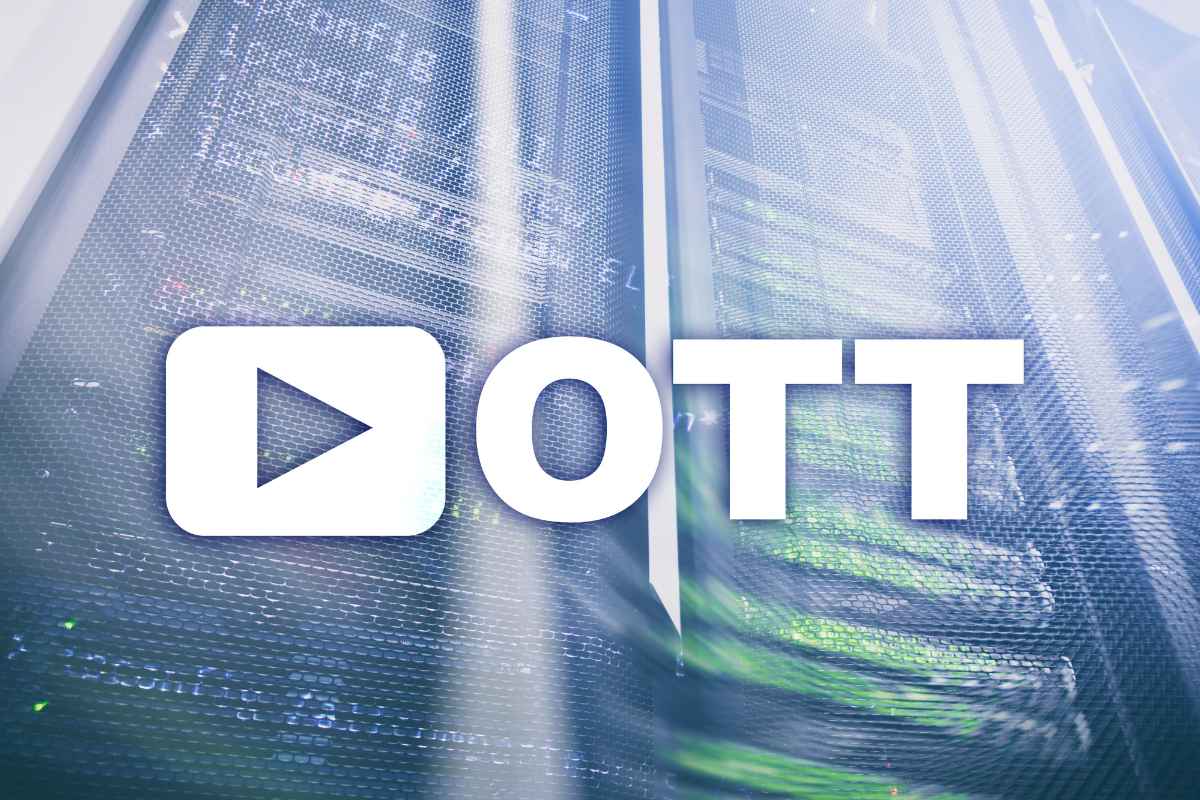
Telecom Regulatory Authority of India (TRAI) and TV Broadcasters seem to have stuck on another dispute. The reason for disagreement is whether the broadcasters have violated clause 5.6 of the government’s downlinking guidelines by delivery of the linear channels on Over-The-Top (OTT) platforms. It is noted that there is already a going conflict between the two parties, which involves a legal battle between the two sides over the New Tariff Order (NTO) 2.0, which has resulted in the deployment of restrictions over progression in the building of channels.
The Reason Behind the Disagreement
The issue emerged when the regulator body asked the broadcaster such as Star India, Zee Entertainment, Sony Pictures Networks India, Viacom18, and Sun TV Network to provide details in regards to the linear channels provided by them to their in-house and third-party OTT platforms. Apparently, the TRAI had received complaints that broadcasters were violating clause 5.6 of the downlinking guidelines.
As a response to the allegations made by TRAI, the broadcaster cited section 37 of the Copyright Act, which is also known as Broadcast Reproduction Right, which gives them the right to monetise the content through multiple platforms. Broadcasters also debated that OTT platforms do not fall under any licensing conditions, including the downlinking guidelines, which make it beyond the jurisdiction of TRAI.
In the response, an official from TRAI who requested to be anonymous said in a statement that broadcasters should not be afraid if no law is being violated. Talking about the jurisdiction of TRAI, the official said that the regulatory body believes they have authority over OTT platforms and they are simply choosing not to implement it “for the time being”
Previously Tamil Nadu Digital Cable TV Operator Association had issued a legal notice against TRAI due to the implementation of a new tariff framework and deferment of revised charges by Star India. In response to this, TRAI had informed the association that the tariff orders issued by it do not apply to OTT platforms as MIB doesn’t provide any license or permissions to OTT platforms. If experts are to be believed, the issue is arising because of more subscribers shifting towards OTT services from linear services, and it is crucial to make sure that there is an equivalence between OTT and traditional distribution services like cable TV, direct to home (DTH), and headend in the sky (HITS).















